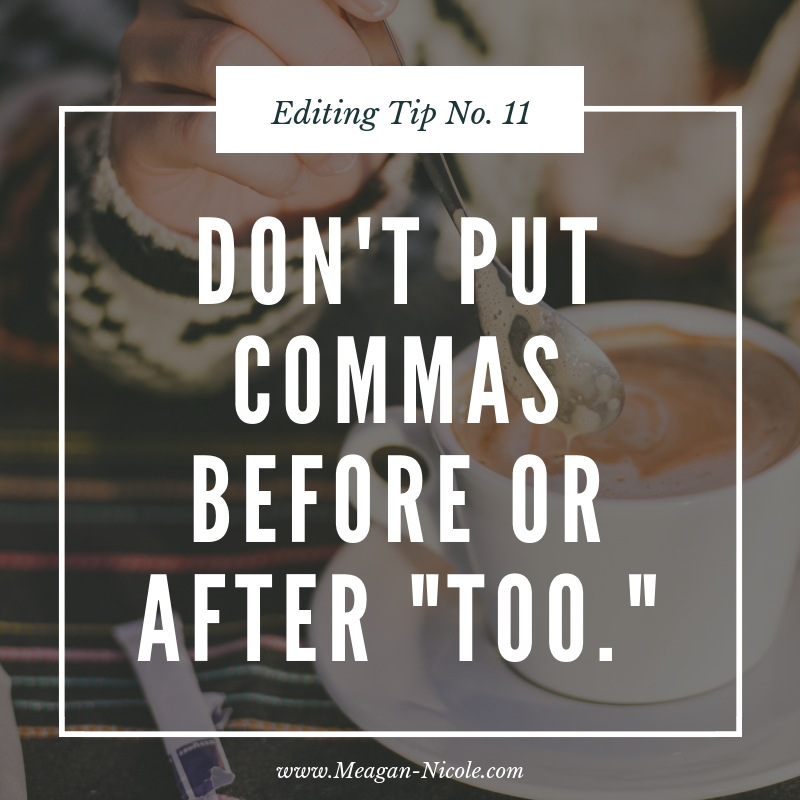Editing Tip #8: Avoid "Seem" and "Feel"
There are two big things that you want your writing to communicate to your readers: confidence and believability.
And there are two words that derail those goals: seem and feel.
Why? Because these words do not communicate assurance of something happening, and they do not give your readers anything to believe in.
Avoid “Seem”
When a character seems to have a specific emotion, two things happen: 1) you aren’t letting your reader know for sure whether or not your character is feeling that emotion, and 2) you aren’t giving your reader the chance to figure out the character’s emotions based on their actions and words.
With “seem”:
“Go away!” Charlotte shouted. She seemed unhappy with Isaac, but Natalie didn’t know why.
Without “seem”:
“Go away!” Charlotte shouted. She scowled at Isaac and clenched her fists.
Natalie looked between the couple, unsure what they were arguing about this time or if she should step in again, but Charlotte’s fists never left her side.
Often, authors use “seem” to reveal a character’s emotions who isn’t the POV character, like in the example above. But as you can see in the revised version, there are more creative, fun ways to show a character’s emotions without ever stating the emotion.
Avoid “Feel”
This word lacks conviction and certainty. It implies that the narrator or character in your story isn’t sure what he or she thinks or believes. You can’t expect your readers to be confident in your characters if they aren’t confident themselves.
With “feel”:
Elizabeth felt like Charlie didn’t trust her to close the store.
Without “feel”:
Though he didn’t say it, Elizabeth knew Charlie didn’t trust her to close the store.
The example leaves room for interpretation. Maybe Elizabeth is making an assumption that isn’t true, or maybe Charlie was just having a bad day. But when we revise the sentence and use absolute terms, there is no room for misinterpretation. Elizabeth is certain, and the readers will be too.
It is important to add this side note: sometimes, “seem” and “feel” are necessary. For example, if a character is feeling something with his or her hands, you shouldn’t remove the word “feel.” If it is appropriate, keep it. But more often than not, those two words can and should be changed.
Action Steps:
Use the search feature to find all the uses of “seem” and “feel” (or “seemed,” “felt,” etc.) in your draft.
If appropriate, find creative ways to revise the sentence in descriptive, confident terms.
Would you like a list of 30 more words to avoid in your writing? Check out The Author’s Guide to Spelling, Grammar, and Punctuation that I created for sale to help you edit your book.













Readers and agents can pick up on writing by a self-concise writer, and it can turn them away from your novel. Learn what one phrase to delete from your novel that will immediately make your writing sound confident and believable.